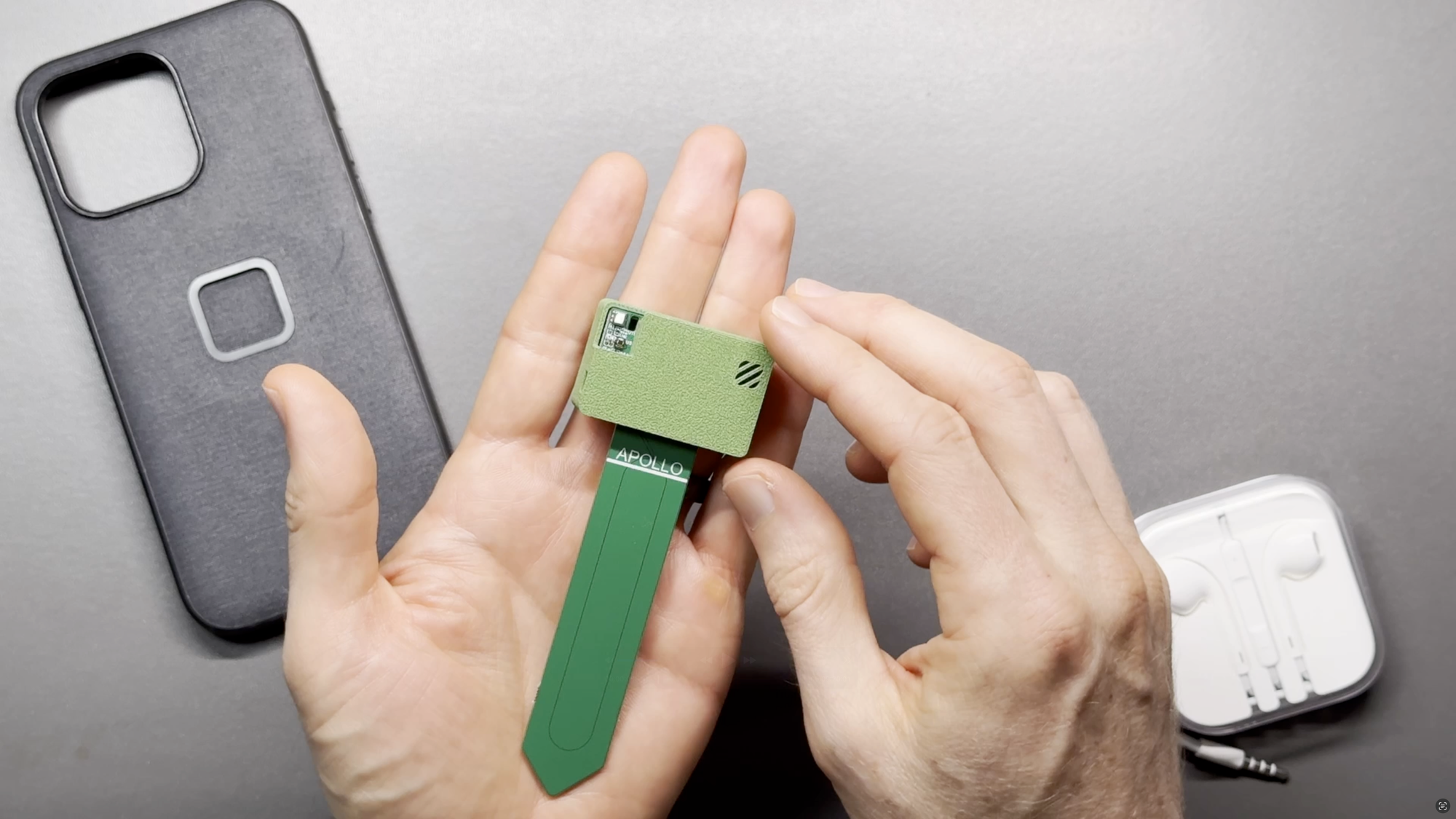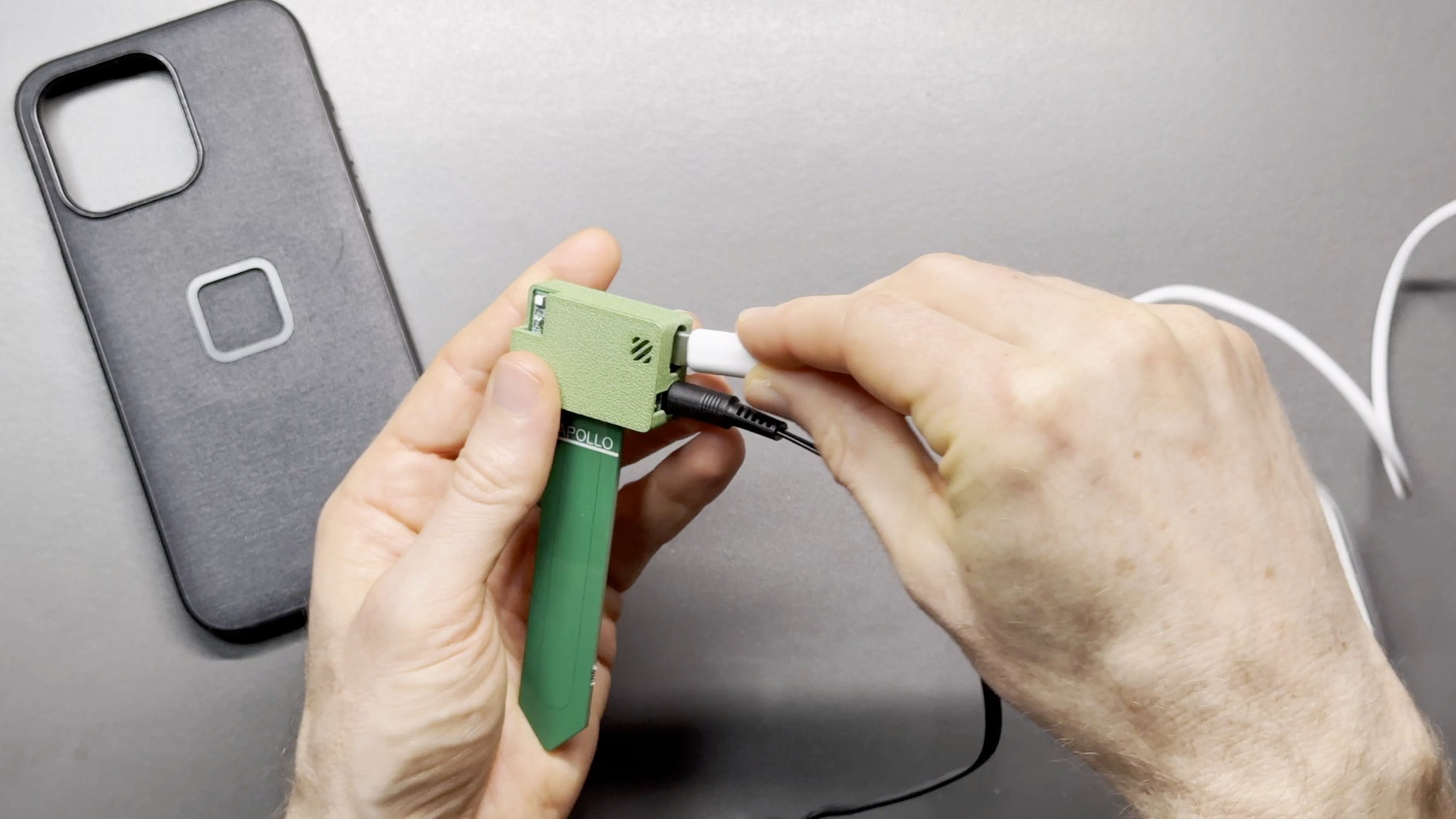Ultimate Smart Home Plant Sensor: Apollo Automation PLT-1
Review of the Apollo Automation PLT-1, an indoor plant sensor for Home Assistant. I’ll show you what it does, and how it can take all the guess work out of caring for house plants.

Introduction
I’ve talked a lot about the importance of smart home sensors. But this is not your typical smart home sensor.
If you find it difficult to grow and maintain healthy indoor house plants, well, this may be just what you need. Even if you do have a green thumb, this can make caring for your house plants even easier.
My family spends $36 per year on a subscription to an app called Planta. We’ve got all different types of indoor plants in our home, and it can be confusing to know when and how to water, mist, and fertilize each of them. While the app helps, I still don’t actually know how healthy each plant is until I see the leaves turning brown and falling off. At that point, it’s a little late. But, can a smart home sensor that costs less than an app subscription actually solve this?
I’m taking a look at the Ultimate Plant Sensor for Home Assistant: the Apollo Automation PLT-1. I’ll show you what it does, and how it can take all the guess work out of your indoor gardening.
Main Points
Use Case
We have over a dozen different types of indoor house plants. One that has given us most trouble is a Fiddle Leaf Fig. When healthy, I think these look great. But ours is quite sad looking, having lost most of its leaves and the few that are left are turning brown. Taking care of this plant has been a labor of love for my wife over the past four years, whereas I was ready to call it a loss a long time ago. Could a smart home sensor actually help?



Credit: Apollo Automation
Features
The Apollo Automation PLT-1 is an indoor plant multi-sensor designed for Home Assistant, which is the home automation platform that I use. This sensor measures the soil moisture, air temperature, humidity, ambient brightness, and UV — everything you need to know for taking care of house plants. It also features a buzzer and an addressable RGB LED so it notify you if the plant conditions are outside the normal range.
Soil moisture is measured with a capacitive sensor, which is said to be more accurate and than resistive sensors. Soil temperature is measured using an optional temperature probe add-on. The air temperature and humidity sensor includes dust protection. On either side of the device there is a boot button and a power reset button.
The sensor I’m looking at is powered by a USB-C cable, but there is a battery-powered version that is larger. This non-battery version is 4.5” long, with the lower probe about 3/4” wide and the top just over 1.5” wide. The whole thing super lightweight.
The main body of the sensor is not rated for outdoor use unless adequately protected. You would need a separate sensor for each indoor plant, or you could move one sensor among your different plants.






Apollo Automation PLT-1 Ultimate Plant Sensor For Home Assistant
Setup
Setup is easy. The PLT-1 uses WiFi to connect to Home Assistant through ESPHome. Once connected, you can configure automations, monitor data, and set alerts directly in Home Assistant.
- To get started, plug the sensor into power.
- Connect your phone to the sensor’s Apollo Hotspot.
- Wait for the Wi-Fi sign-in prompt and input the credentials.
- In Home Assistant, go to Settings > Devices & services > and find it in your list of discovered devices.
Home Automations
You can install optional add-ons or integrations to visualize your plant’s health in your Home Assistant dashboard. For example, you can pair the Flower Card with Open Plant Book to fetch the information for your plant, and monitor its health easily. And you can create automations for plant care based on the sensors readings.
For example, you can get alerted when soil moisture is low, turn on lights when LUX readings drop below a certain level, or adjust your HVAC system or a humidifier based on air temperature and humidity around your plants.
The RGB LED can be used for visual alerts, such as changing colors based on soil moisture or plant health. The buzzer can emit sounds for critical notifications, like low moisture warnings or reminders to check on your plants.

What to Improve
In terms of what to improve, two things come to mind.
- Aesthetics: I like that they went for a green case vs. the white color of their other sensors, but depending on your viewing angle it can look like a tiny computer. One of the most challenging parts of a smart home is making the devices disappear in the background. The battery-powered version certainly helps, since the USB-C cable on my version can stand out, depending on your setup.
- Fertilizer: Knowing when to fertilize and how much is an important part of caring for plants. Measuring the nitrogen, phosphorous, and potassium levels in soil is probably best done in a lab, so adding on this capability is likely impractical.
Final Thoughts
Apollo Automation already makes some of my favorite smart home sensors, like the MSR-2 and MTR-1 for presence detection, and the AIR-1 for monitoring indoor air quality. I’m excited to see Apollo Automation tackling an often over-looked aspect of managing a home, like caring for house plants. It’s just another way to give you back time, so you can spend more time enjoying your home, and less time worrying about it. While this sensor hasn’t had enough time to restore our Fiddle Leaf Fig to vibrant health, I’m excited to give it a try. And at $28 for the non-battery version, well, my time is probably worth at least that.
Watch on YouTube
Featured Tech

